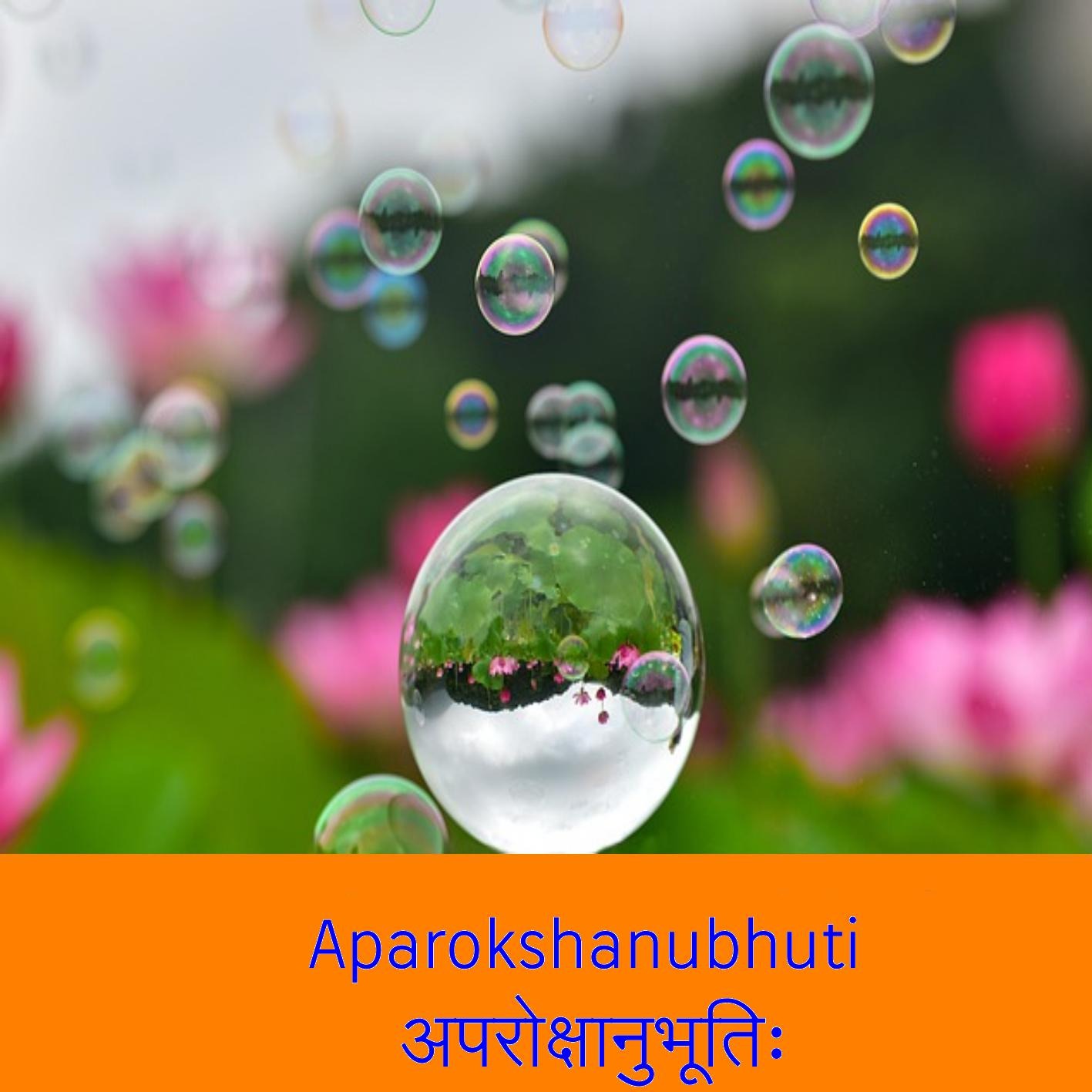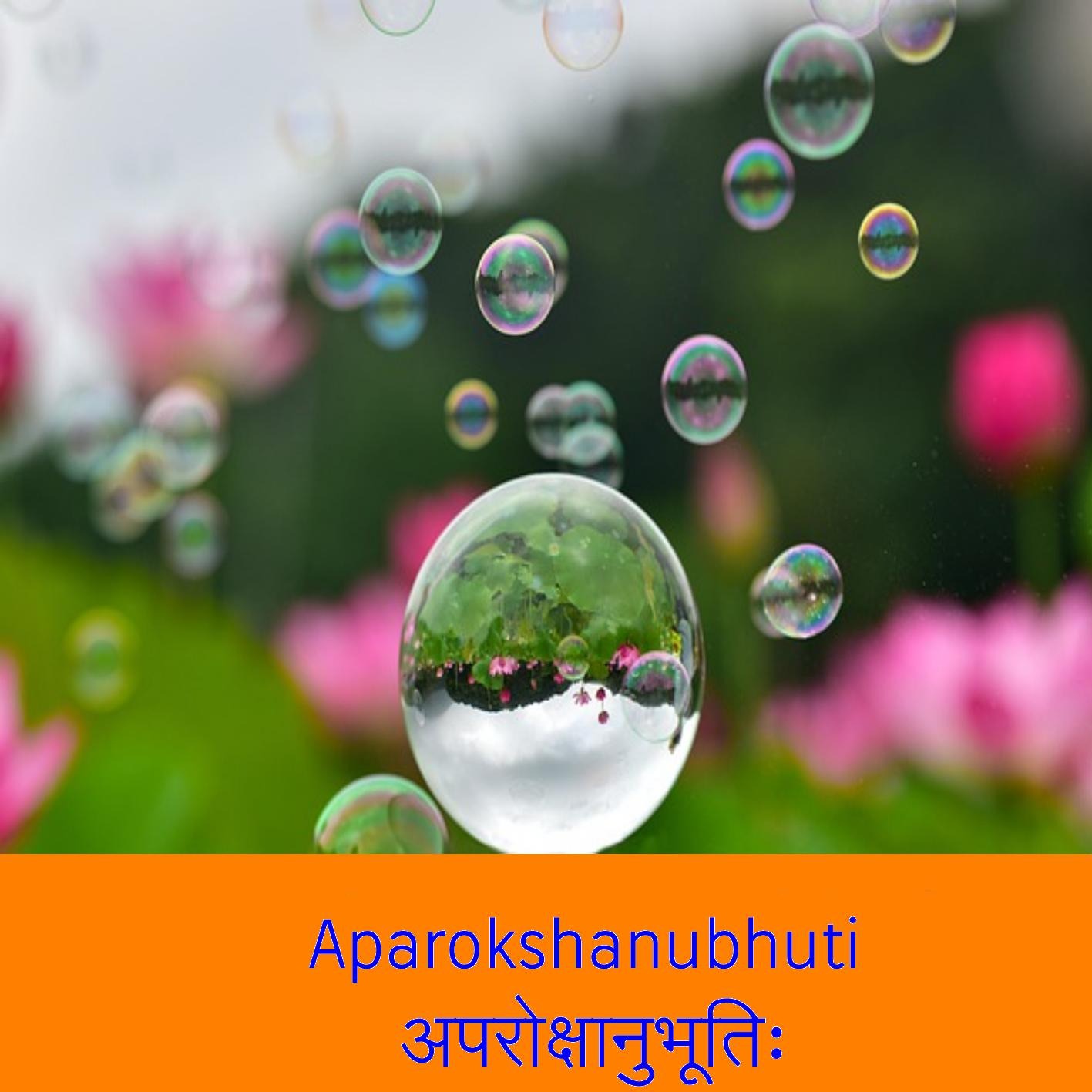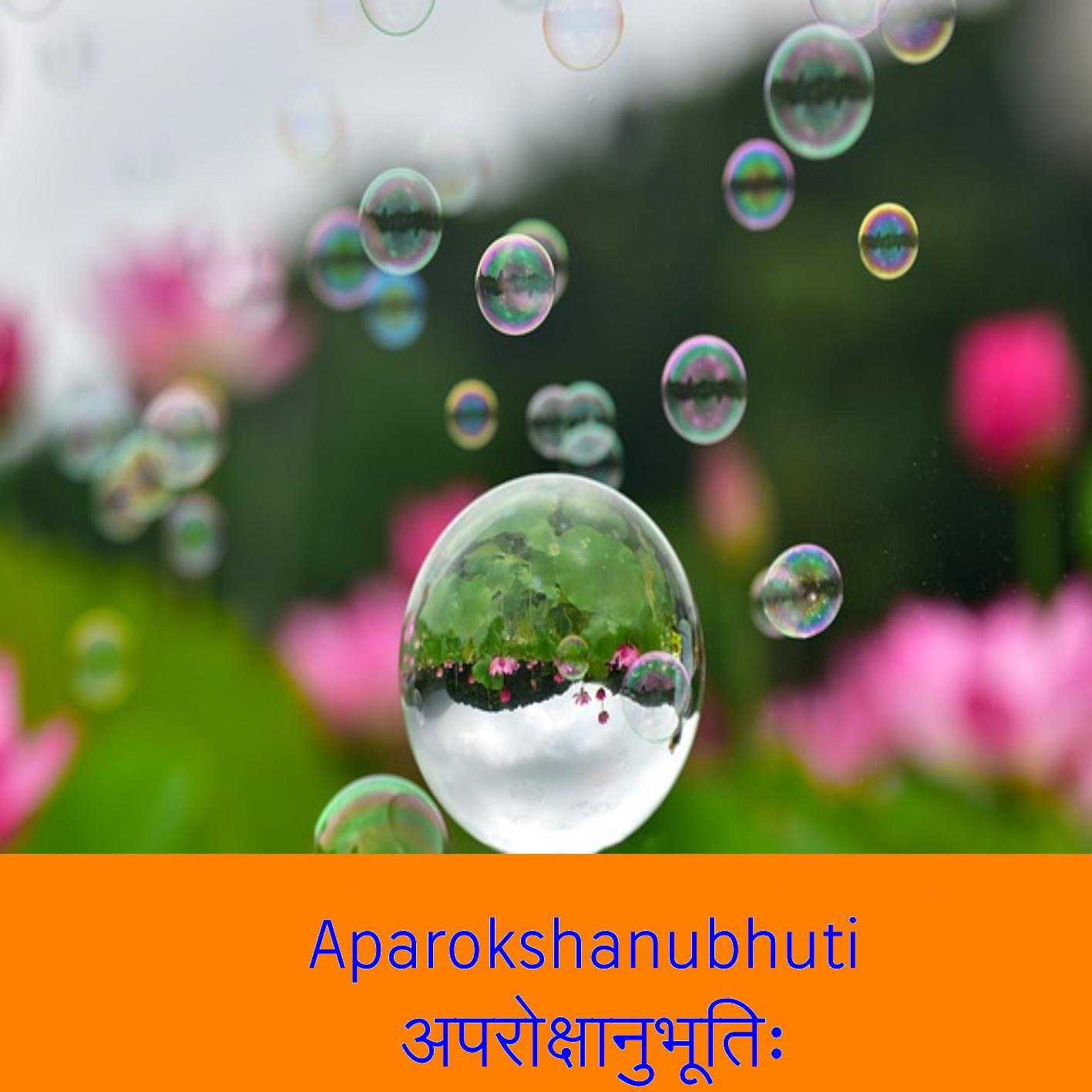
Aparokshanubhuti
Aparokṣānubhūti is a compound consisting of aparokṣa ("perceptible") and anubhūti (अनुभूति)("knowledge"), meaning "direct cognition" or "direct experience of the Absolute."
Aparokshanubhuti reveals profound insights into the nature of reality, highlighting the illusory nature of the world and the individual self's true identity as part of the Universal Self.
The Aparokshanubhuti is a work attributed to Adi Shankara It is a popular introductory work that expounds Advaita Vedanta philosophy. In Advaita Vedanta, it refers to the realization of the identity of the individual self (Atman) with the ultimate reality (Brahman). This realization is not an intellectual understanding but a direct, experiential awareness. This experience is not based on inference or reasoning but on a direct, intuitive understanding that goes beyond the limitations of ordinary perception.
- Update frequency
- every 3 days
- Average duration
- 85 minutes
- Episodes
- 29
- Years Active
- 2025
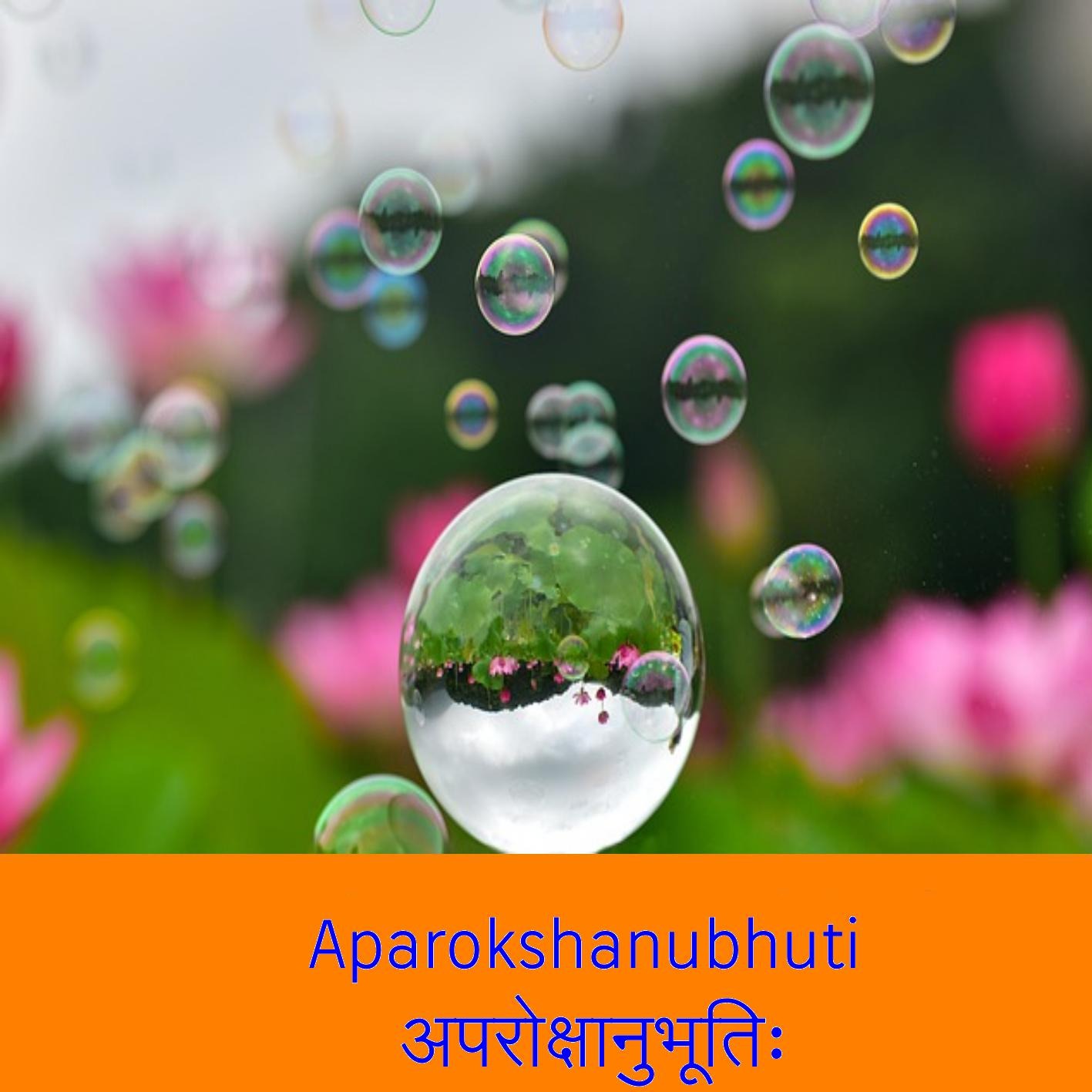
Aparokshanubhuti-26
Verse No 68
An objection is raised: “If Brahman shines (self-luminous), then how can the phenomenal world also appear?”
The reply: By difference of standpoint (state of knowledge vs ignorance), both (…
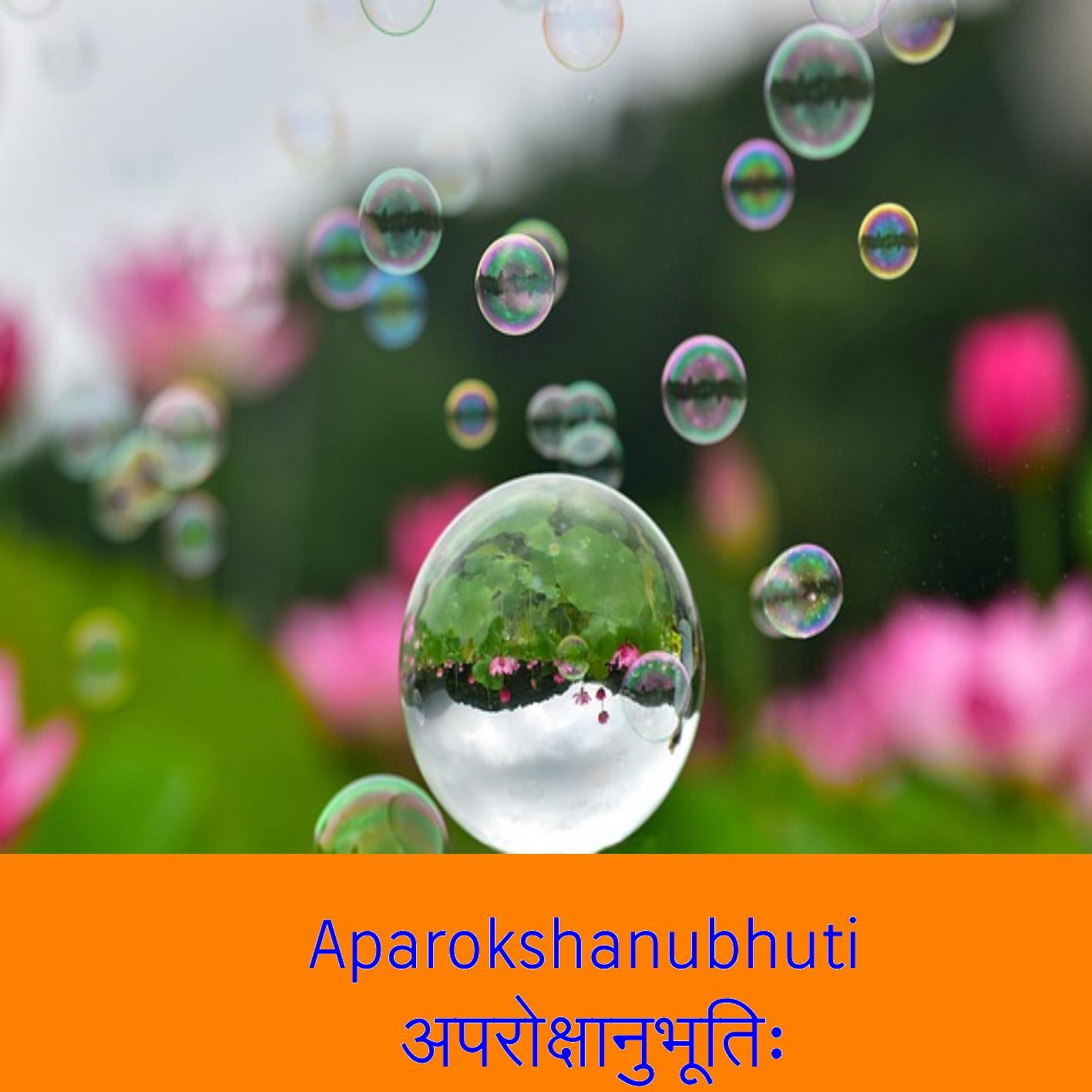
Aparokshanubhuti-25
Verse No 66
Here, the reason (hetu), along with a supporting example, is given under the heading “kārya” (effect). The Śruti says:
“Dear one, by knowing a lump of clay, all that is made of clay becomes…
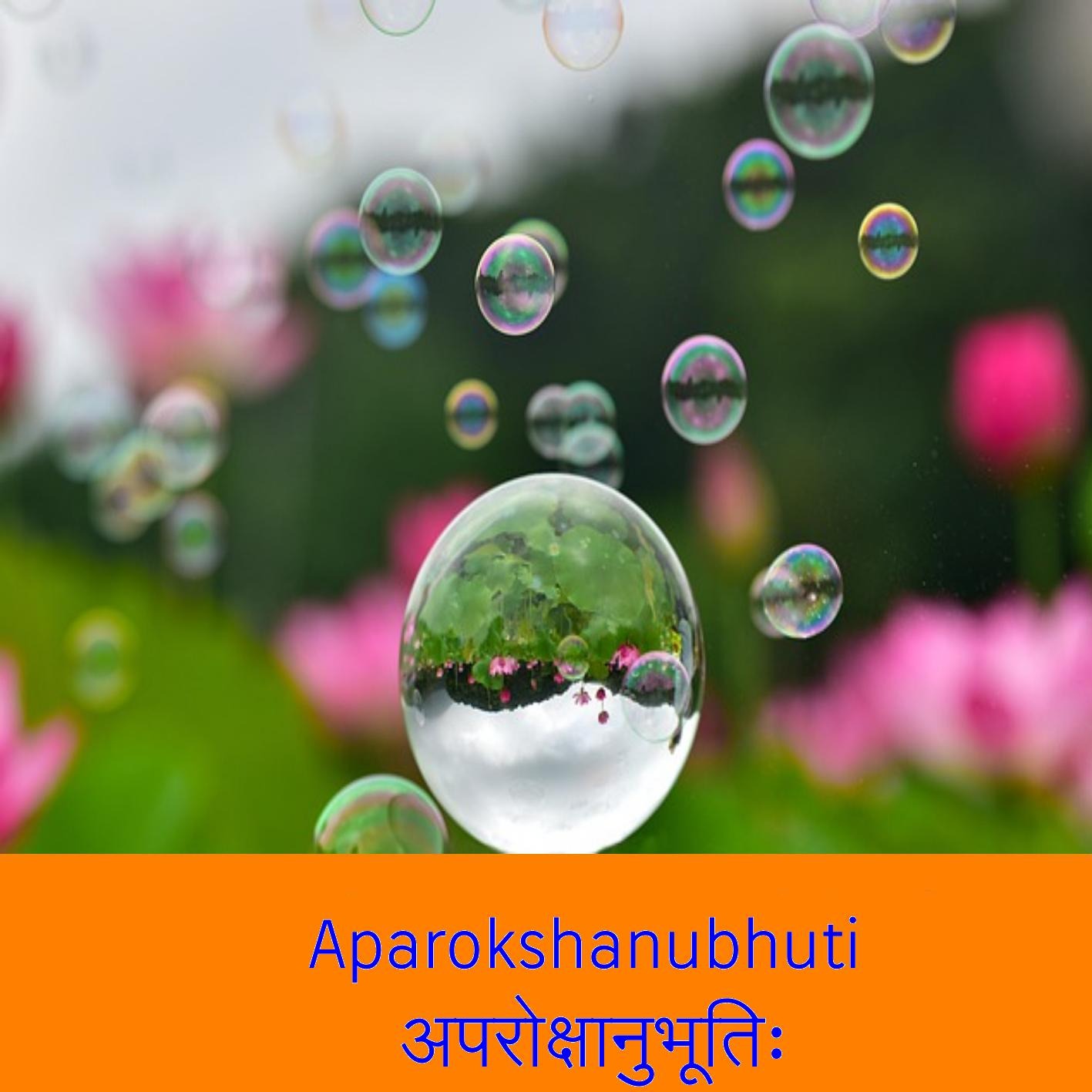
Aparokshanubhuti-24
Verse No.65
Śaṅkara establishes the non-duality of Brahman and the illusoriness of the world using Upaniṣadic evidence, analogies, and reasoning.
1. Bhēdadṛṣṭi Doṣa (The Fault in Seeing Duality)
🔸 Sansk…
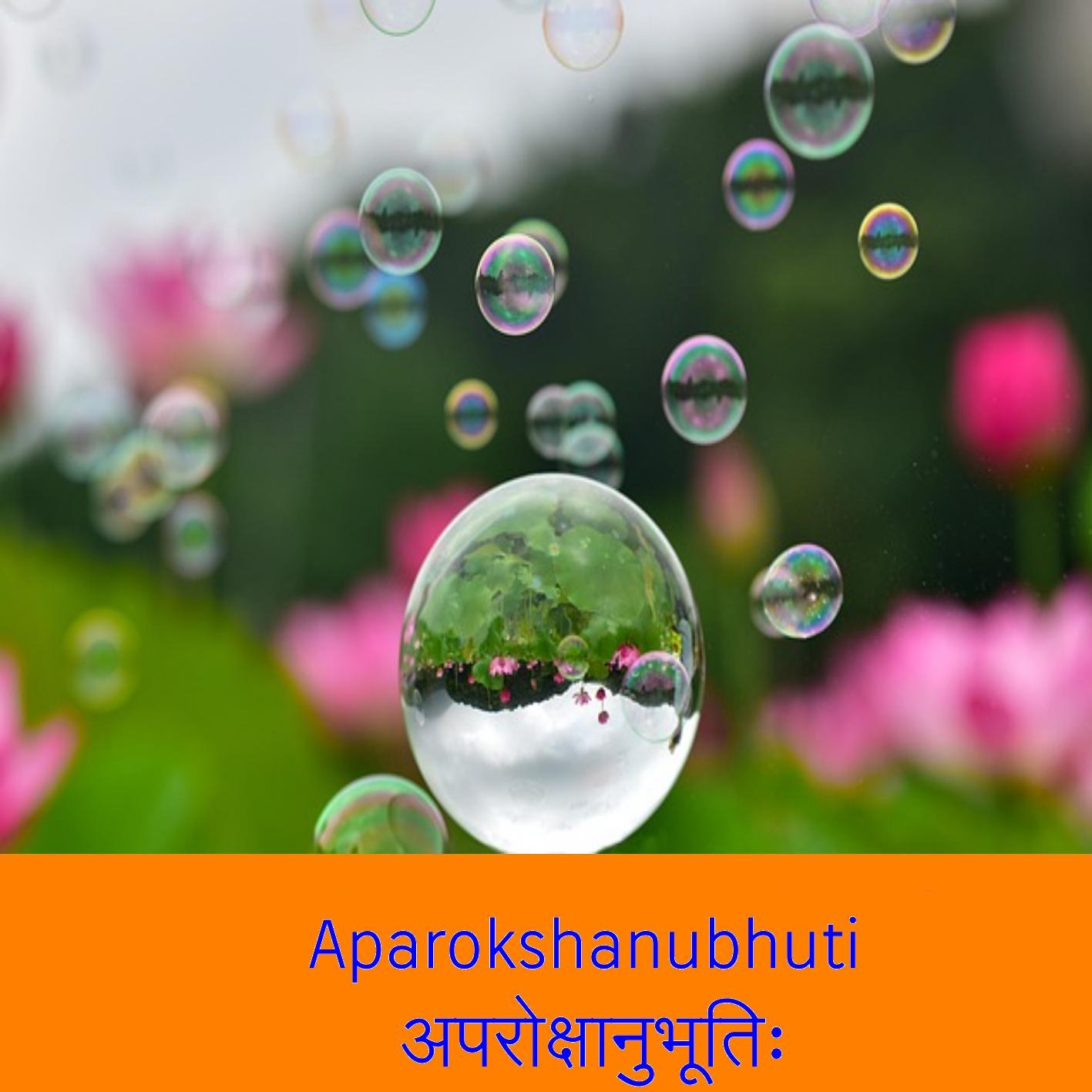
Aparokshanubhuti-23
Verse No 60
The Jīva–Brahman Difference is Apparent, Not Real
- According to Advaita, any perceived duality — such as that between jīva and Brahman — arises only in ignorance (ajñāna-avasthā).
- This differ…
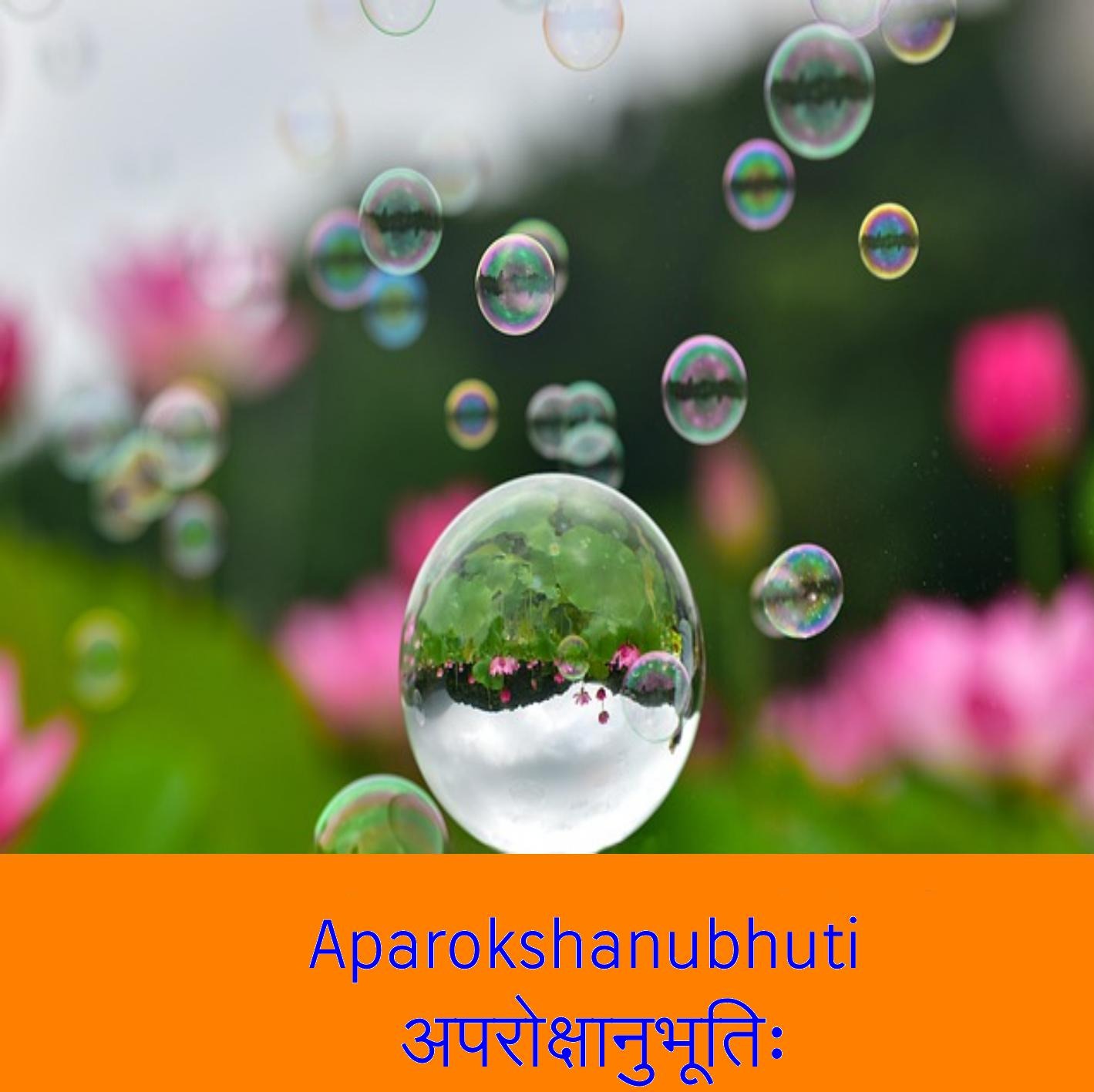
Aparokshanubhuti-22
Verses 56
1. The Apparent World Does Not Refute Non-Duality
- The objection arises from a misconception:
- “We see the world, so duality is real, and so sorrow must be real too.”
- Advaita’s response is:
- The w…
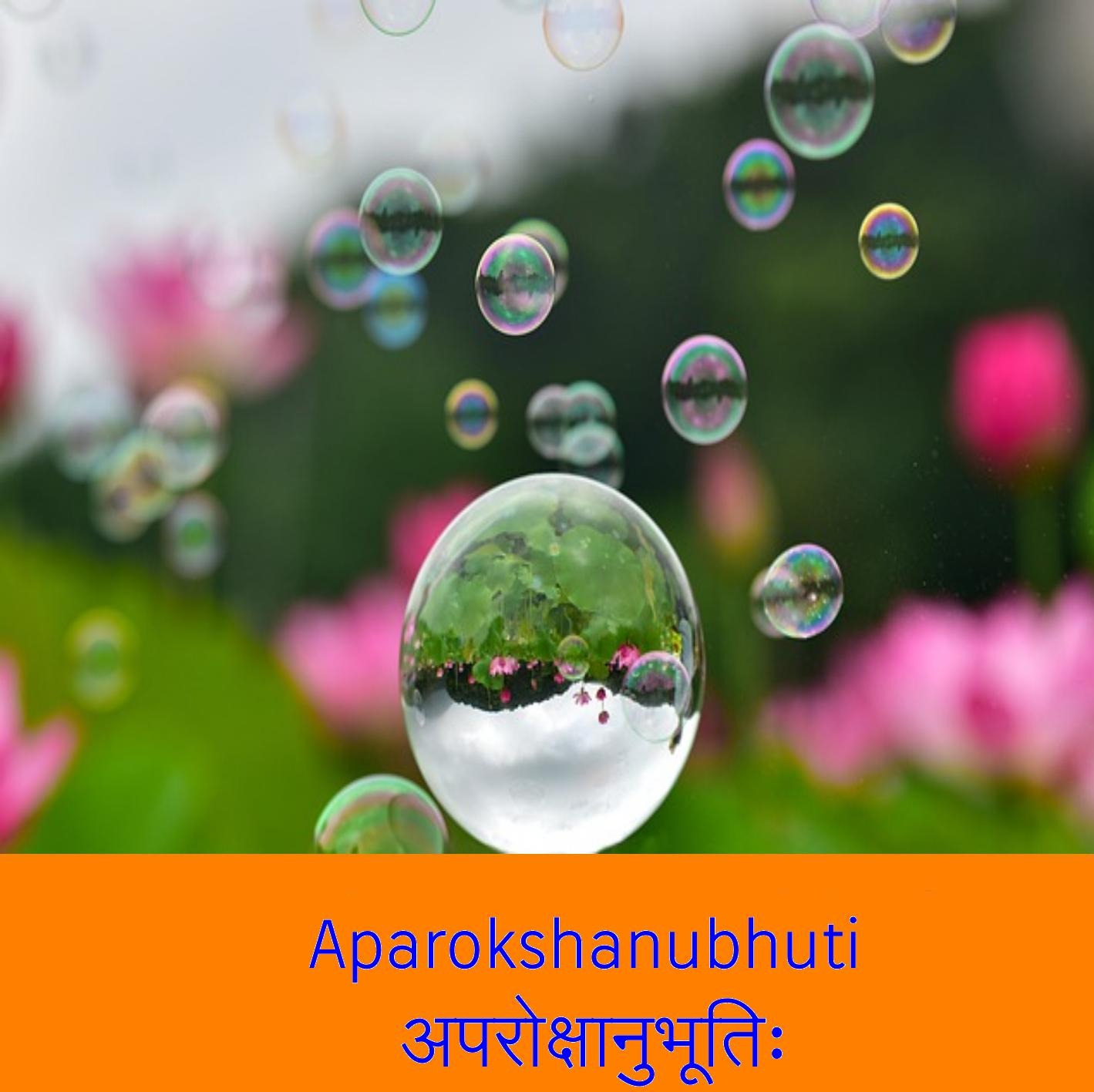
Aparokshanubhuti-21
Verse No 50
Unity Behind Diversity:
All distinctions — nāma, rūpa, karma — are superficial. Their substratum is Brahman alone.
Vivarta (Superimposition):
The world is not a real transformation of Brahma…
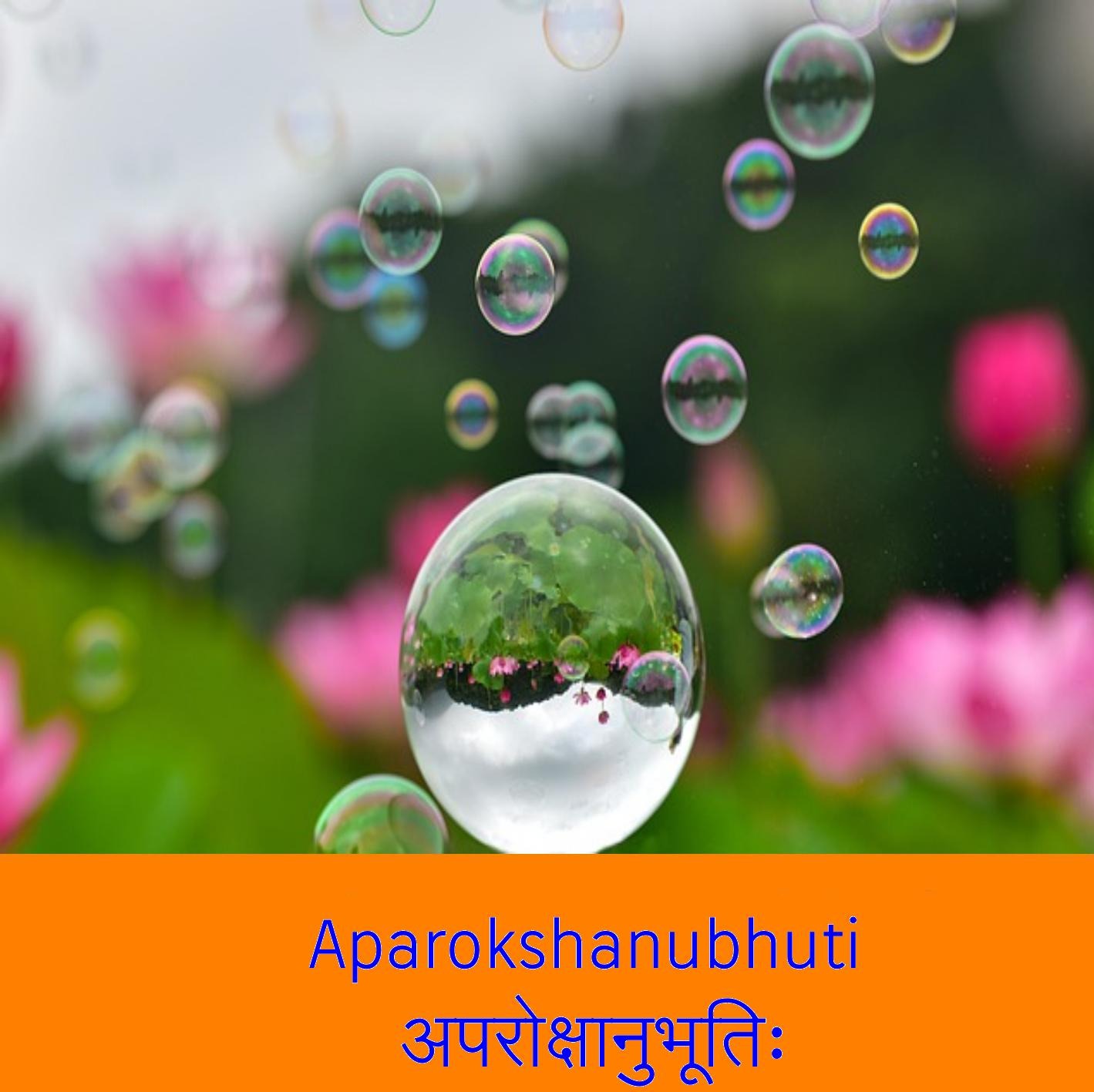
Aparokshanubhuti-20
Verse No 46
- Illusoriness of Distinctions:
- The apparent differences between subject and object, pervader and pervaded, are not ultimately real — they are superimpositions upon Brahman, like the apparent…
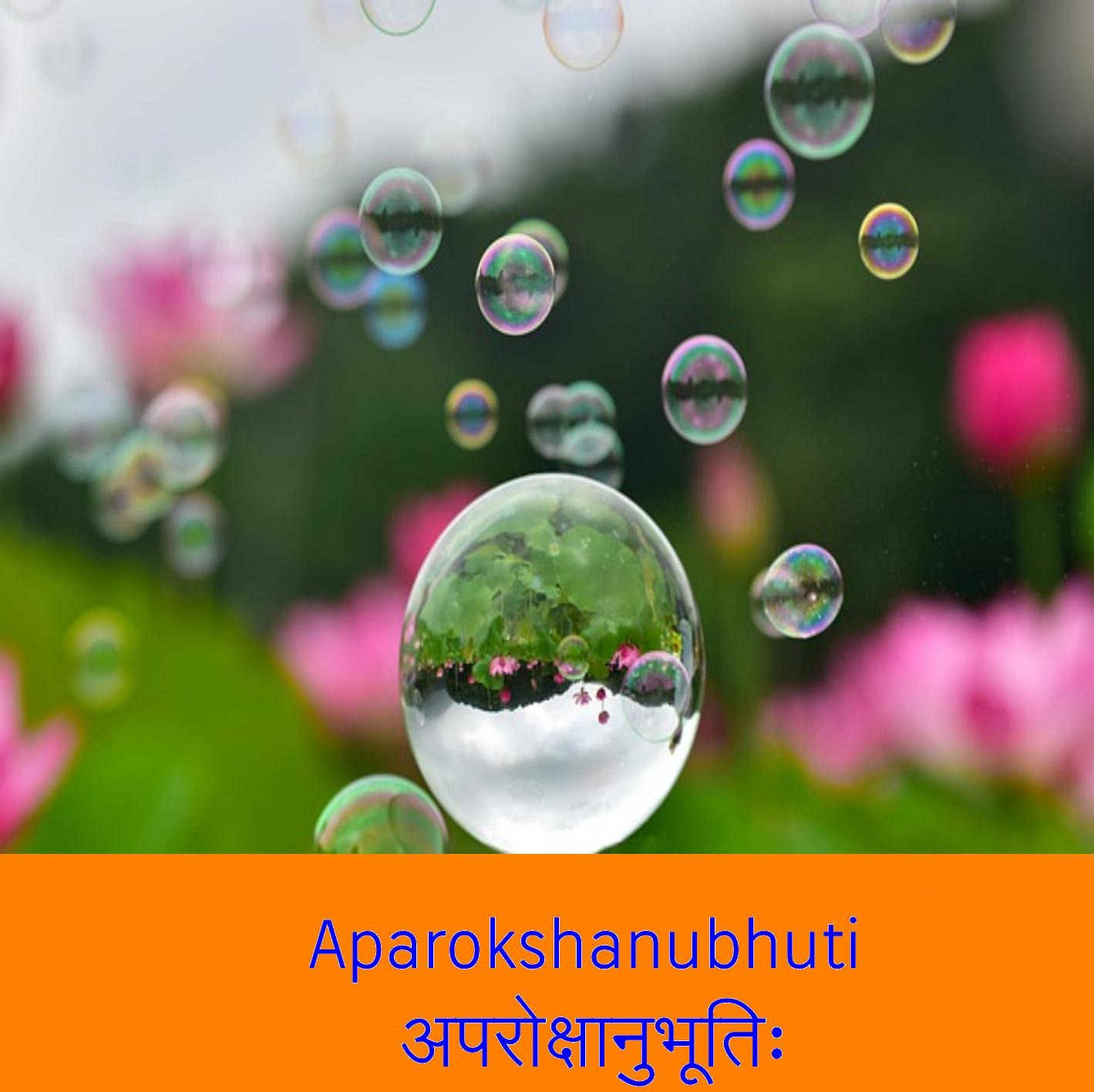
Aparokshanubhuti-19
Verse No 44
- Prapañca (world) = Vivarta of Brahman:
- The world is an appearance upon Brahman, not a real modification.
- Rope-Snake Analogy:
- Just as a rope appears as a snake due to ignorance, the world appe…
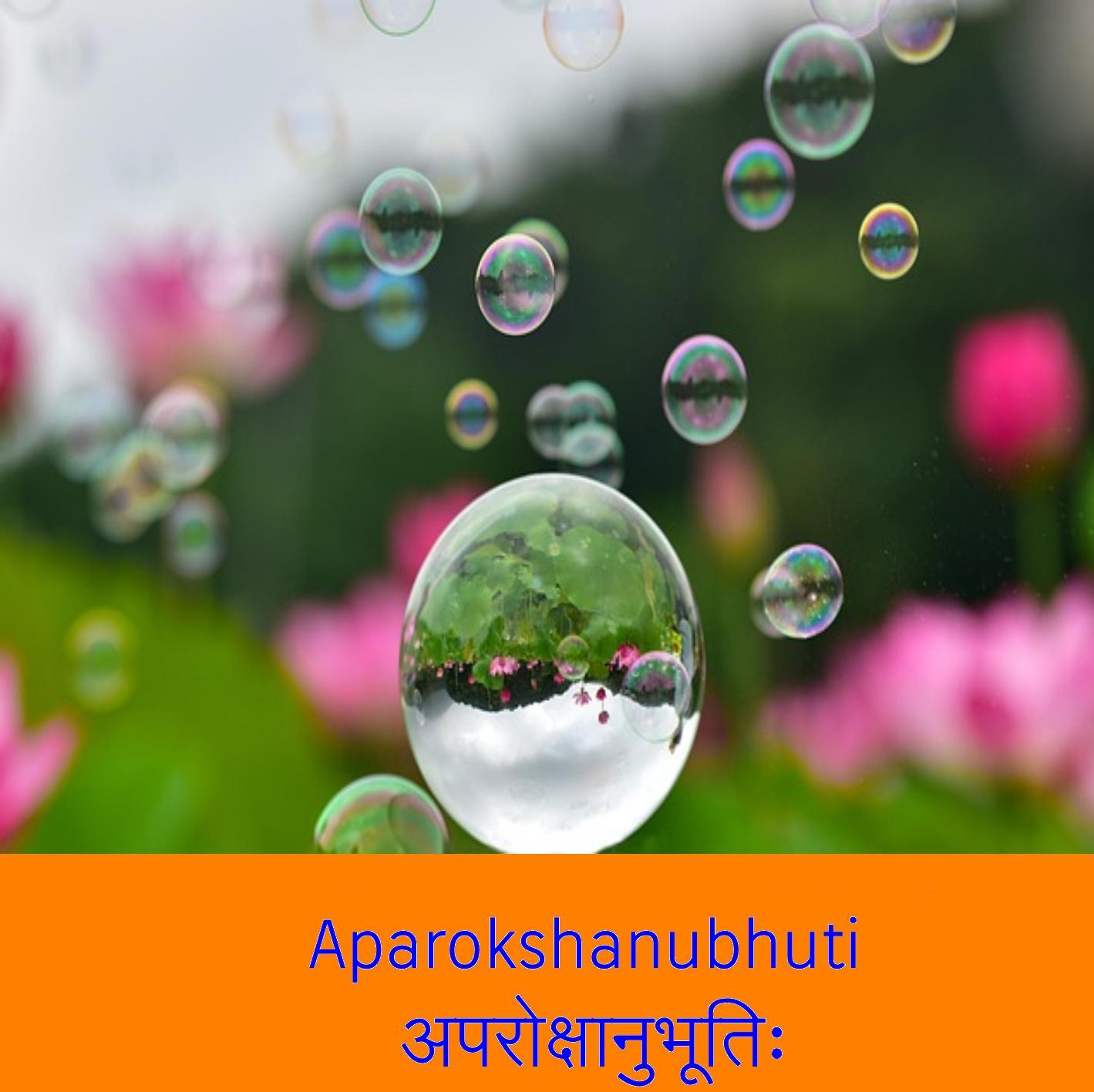
Aparokshanubhuti-18
Verse 41
Now, a doubt is raised:
Isn’t the assertion that the Self is different from the two bodies (gross and subtle) pointless?
Because by distinguishing between the Self and body in this way — as was…
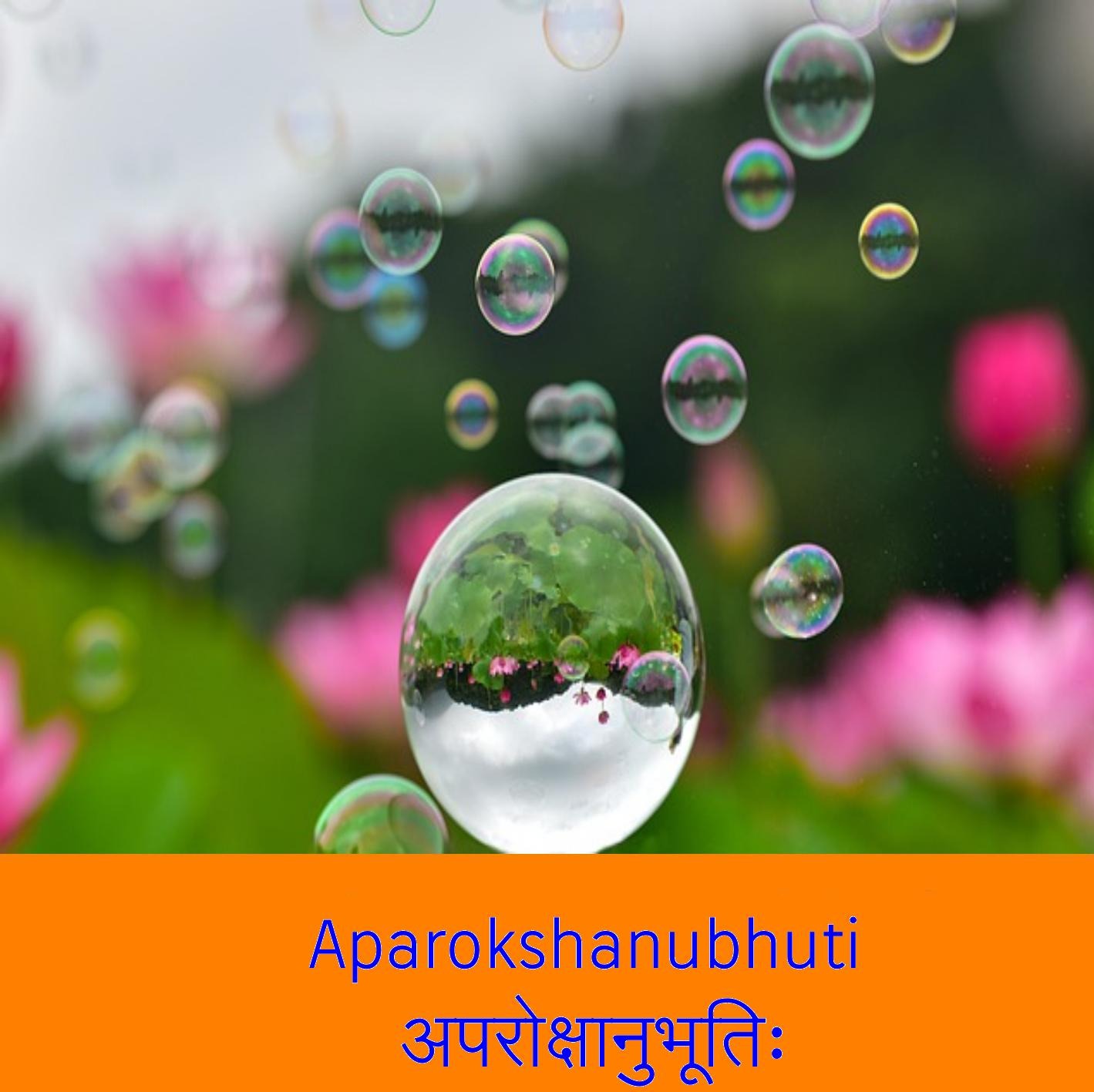
Aparokshanubhuti-17
Verse No 40
Now the previous argument is concluded with the expression “thus” (evam). In this manner, it is shown that the Self is distinct from the two bodies — the gross (sthūla) and subtle (sūkṣma)…
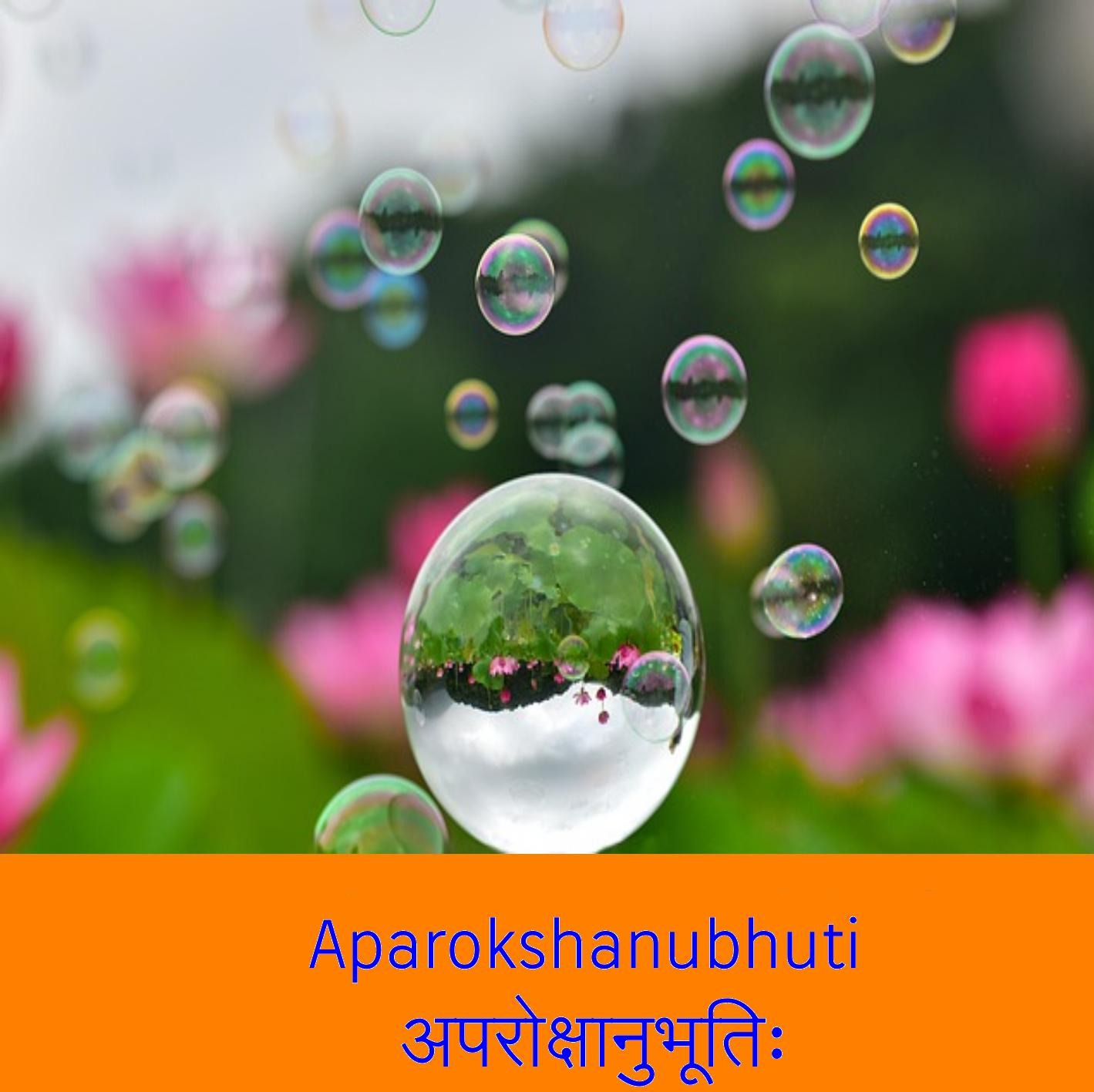
Aparokshanubhuti-16
Verse No 38
Even in ritual-centric portions of the Veda — not just in pure knowledge sections — the Upaniṣadic seers implicitly affirm the non-identity of Self and body.
That the Self continues to expe…
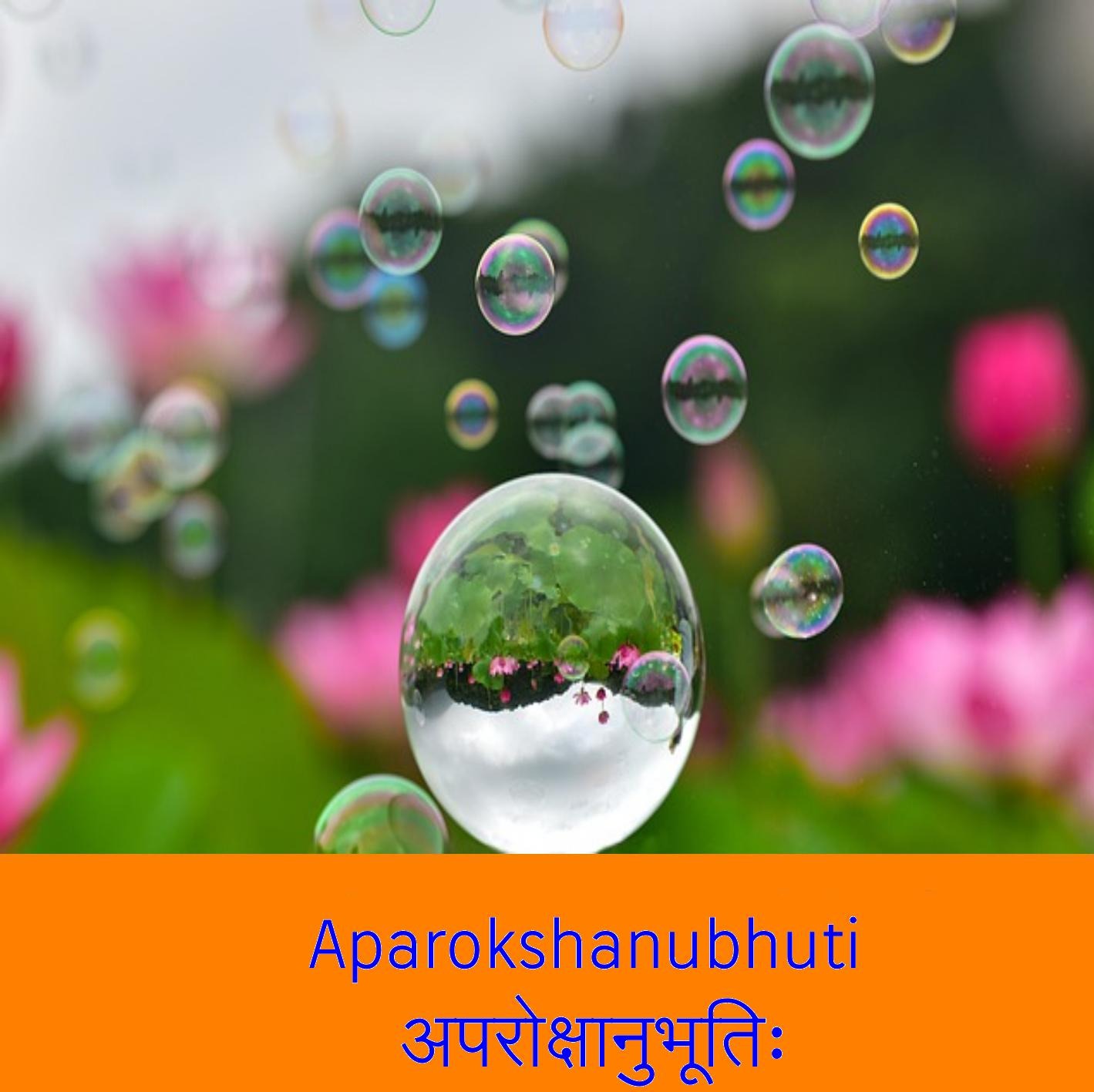
Aparokshanubhuti-15
Verse 34
- The śruti confirms what reasoning already proves: the Self is distinct from the body, all-pervading, changeless, and supreme.
- The ignorance of the dehātma-vādin (those who think "I am the body…

Aparokshanubhuti-14
Verse 29
- Purusha etymology: dweller in the body-city with 'I' sense.
- Self is beyond body, not void, not non-existent.
- Supported by śruti ("ayam ātmā brahma") and smṛti ("uttamaḥ puruṣaḥ tu anyaḥ").
- Analo…

Aparokshanubhuti-13
Verse 23
- The passage criticizes the deluded identification of the self with the body.
- It uses the example of a pot: just as one knows "this pot is mine" but never thinks "I am the pot," so too should o…
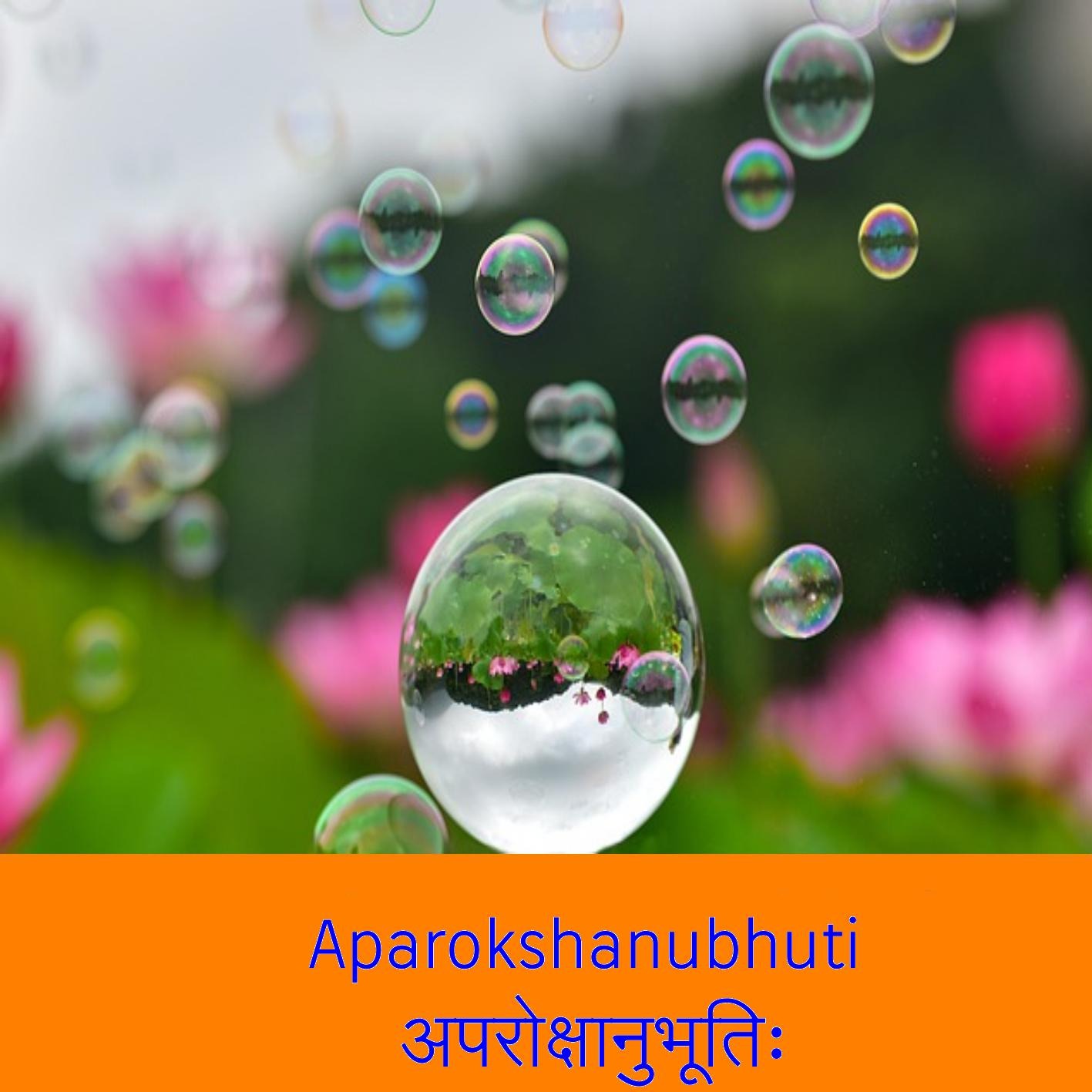
Aparokshanubhuti-12
Verse No 22
- In Advaita Vedānta, the Self (Ātman) is described as svayaṁprakāśa — self-luminous.
- It is not illumined by anything else; rather, it is that by which everything else is known.
- Objects like p…
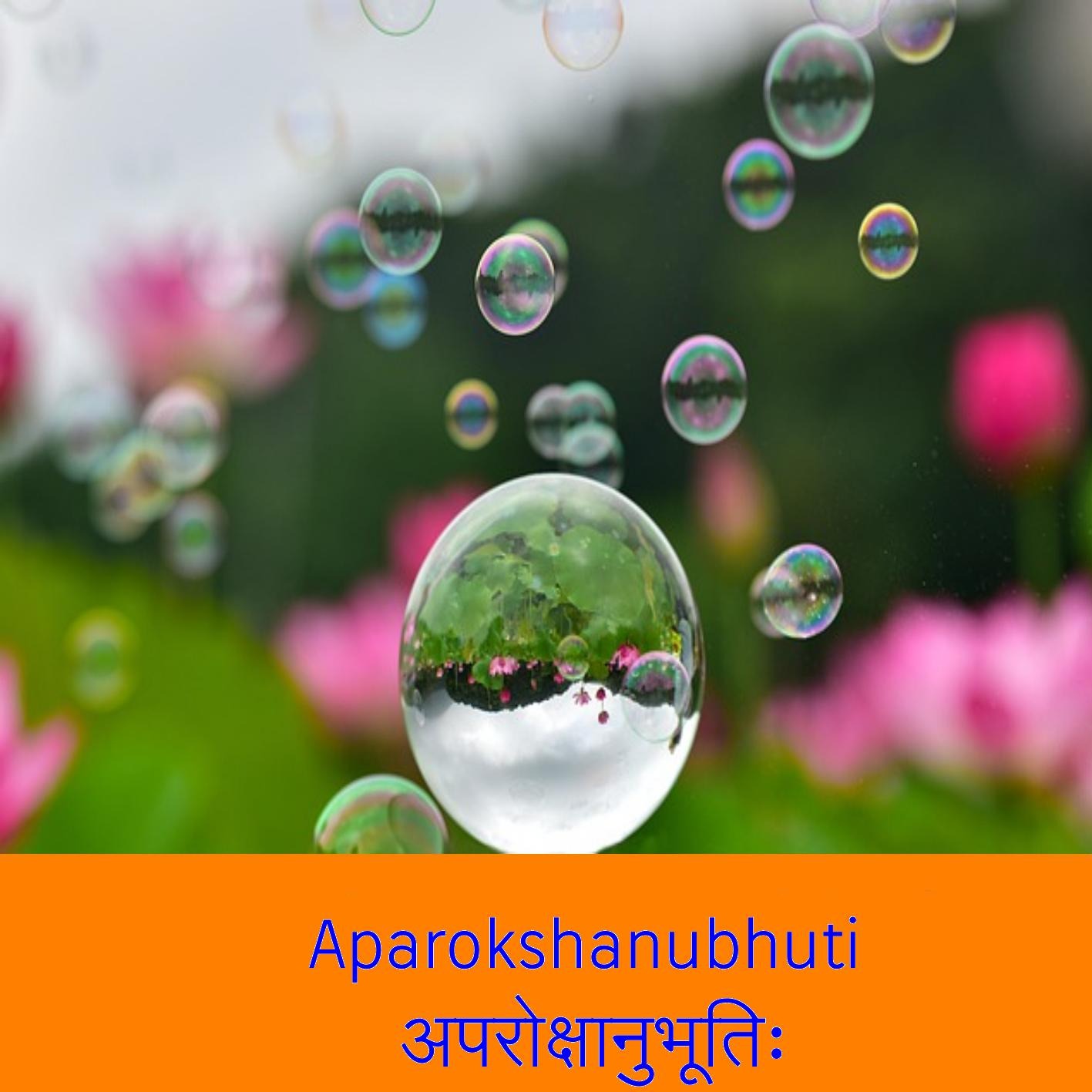
Aparokshanubhuti-11
Verse No. 18
"Again, the distinction (between Self and body) is made clear by the statement 'ātmā'.
The Self (ātmā) is the inner controller, the governing principle, while the body is merely the contro…
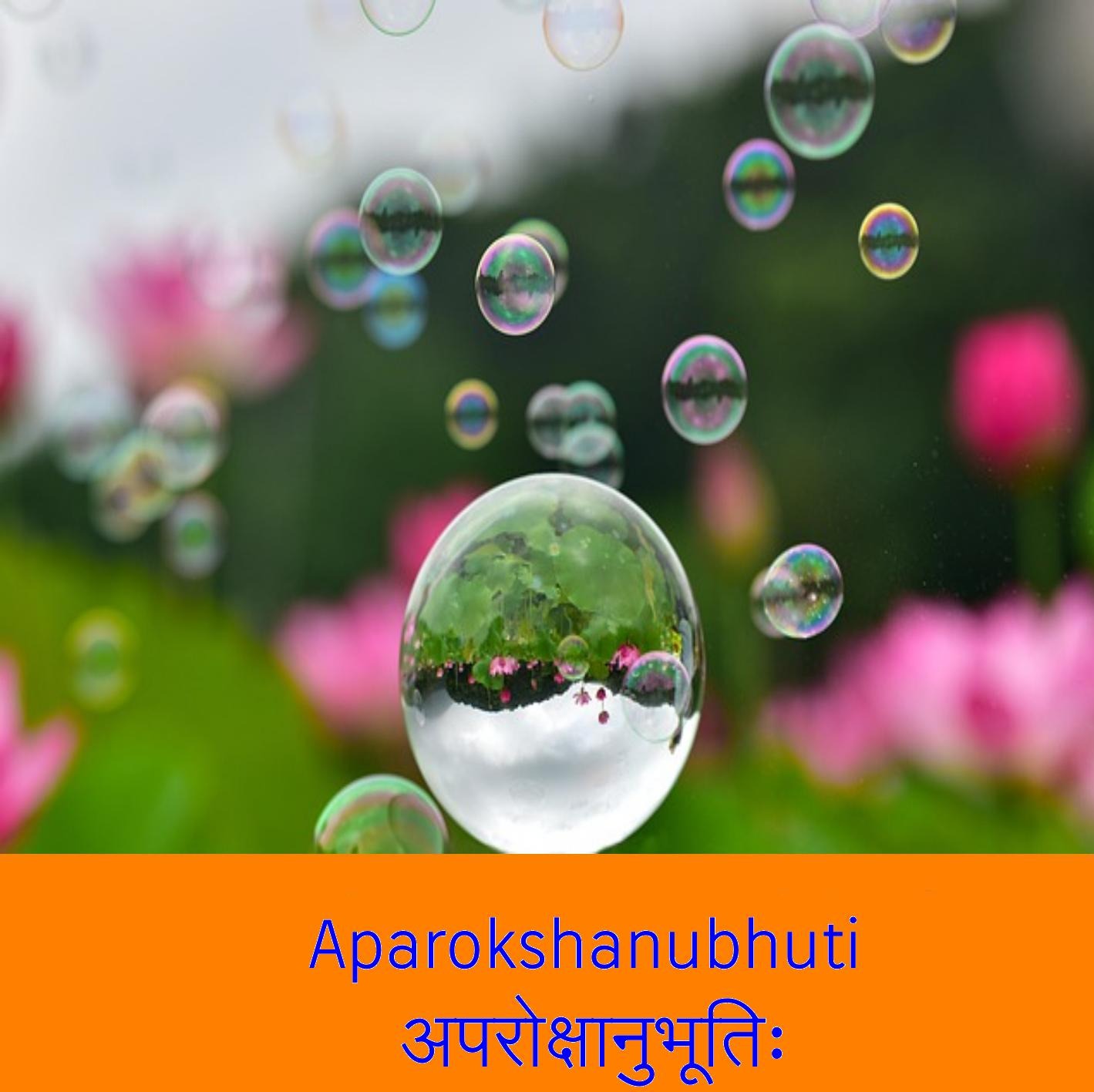
Aparokshanubhuti-10
Verse 17 explains and defends non-duality by refuting the jīva–brahman bheda (duality) through the following logic:
- The Self is constant, partless, non-objectifiable, and present through all states of…
